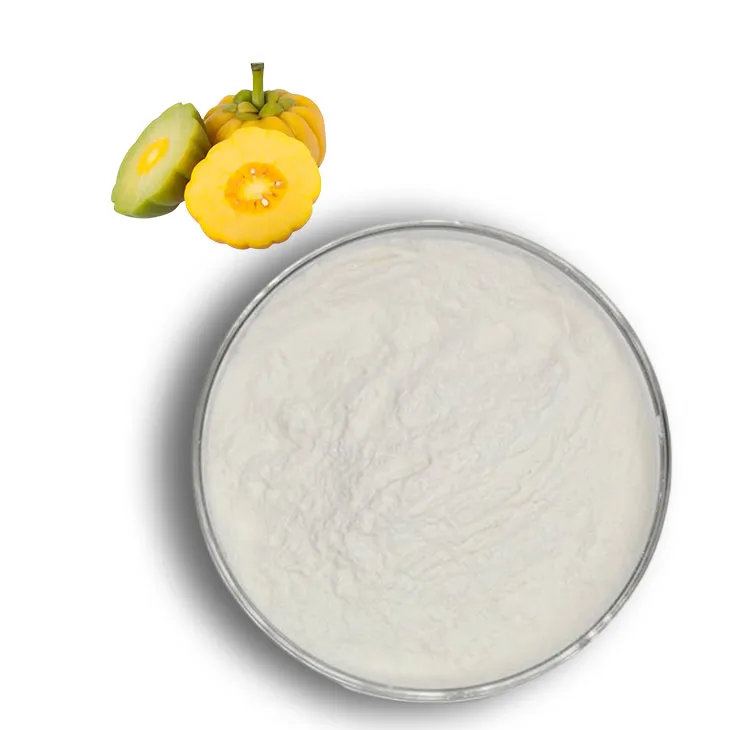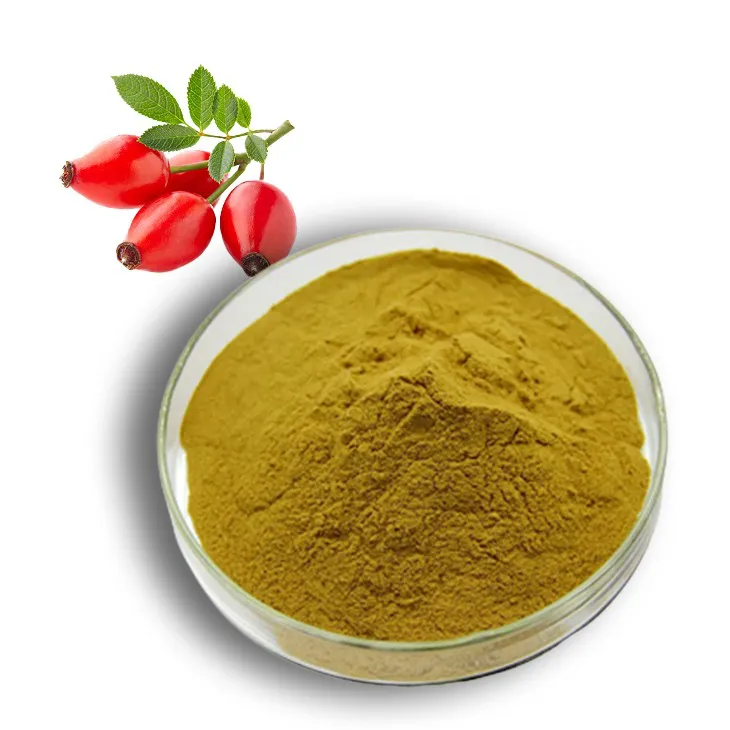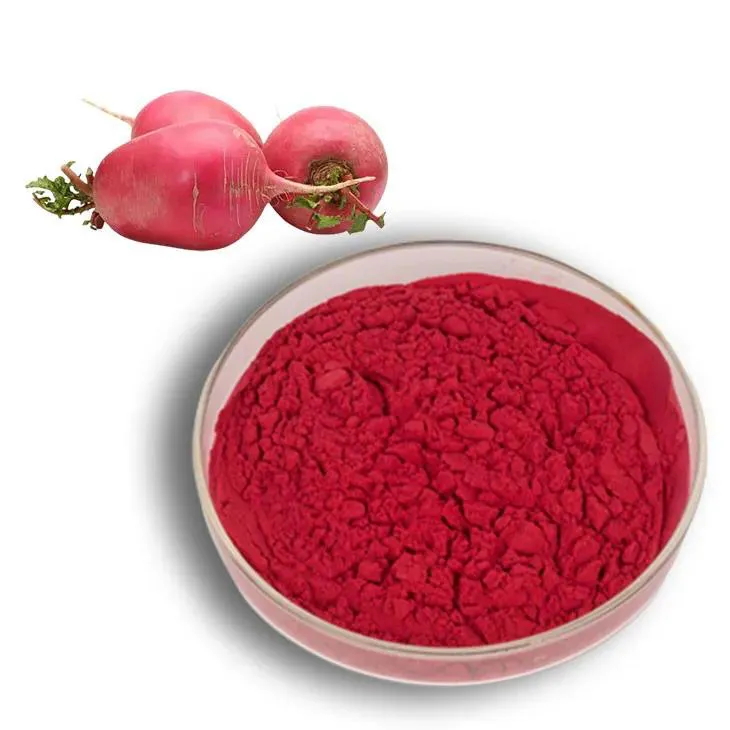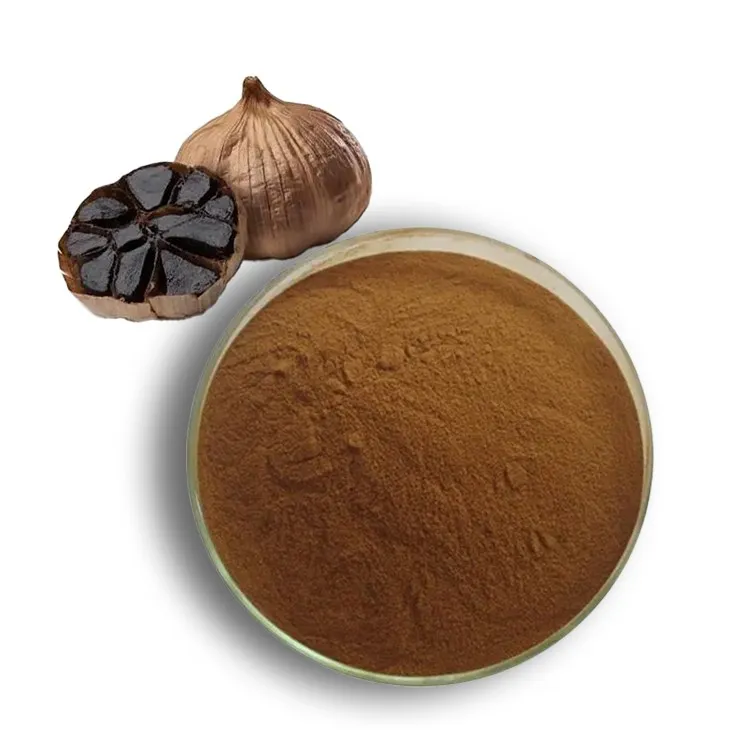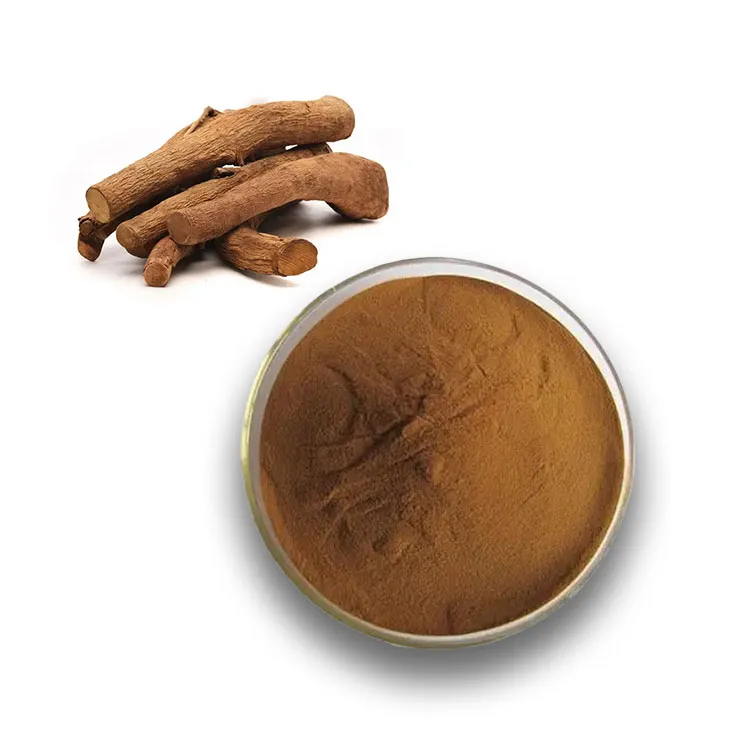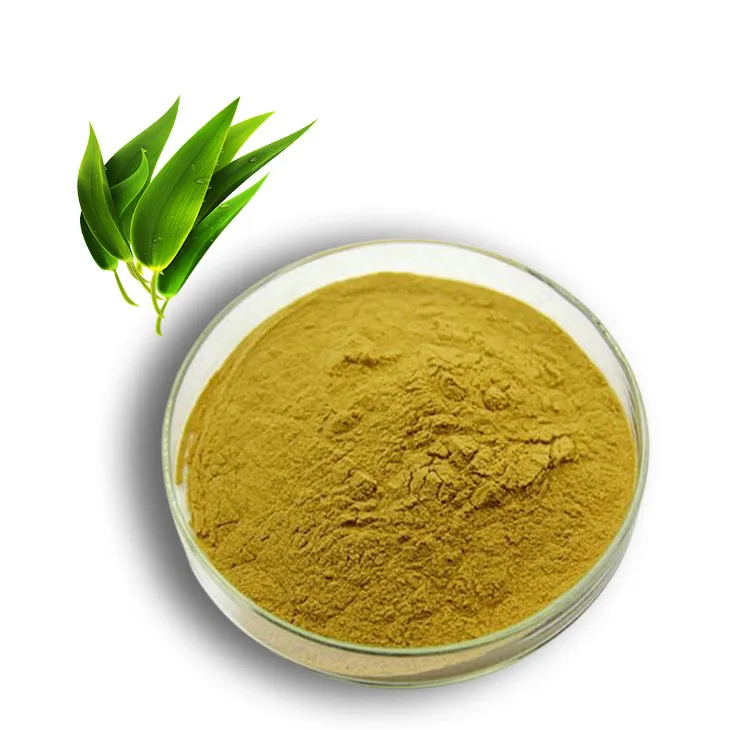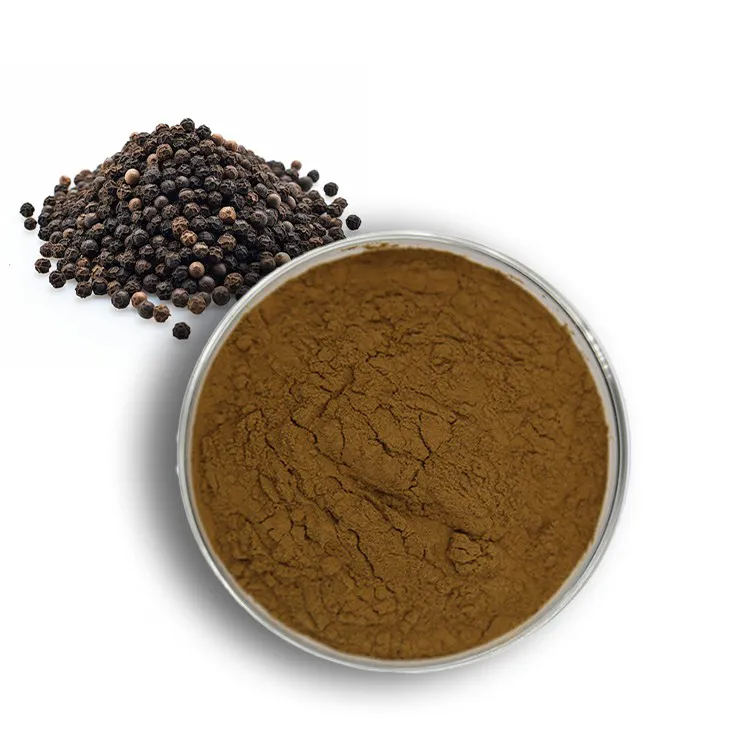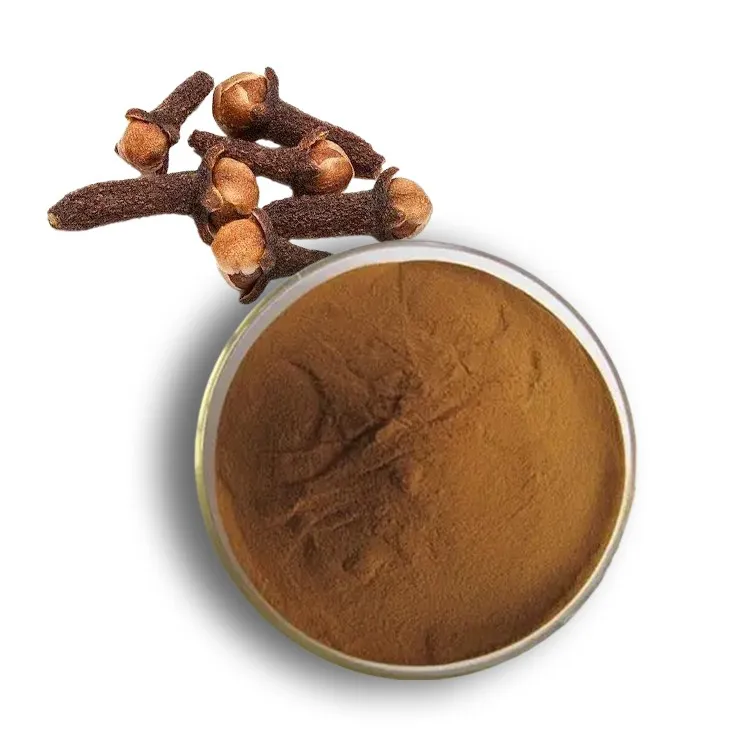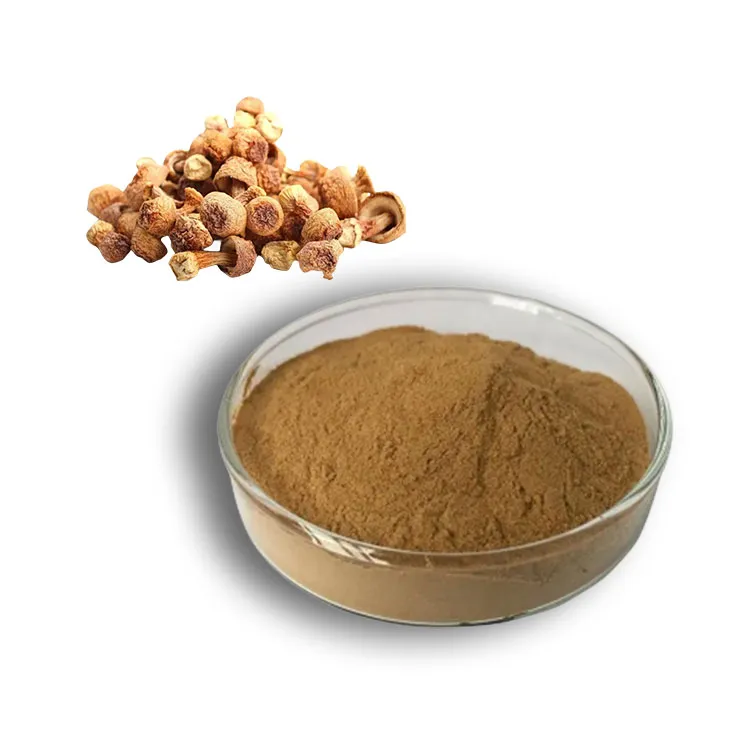- 0086-571-85302990
- sales@greenskybio.com
how much lycopene in watermelon
2023-09-27
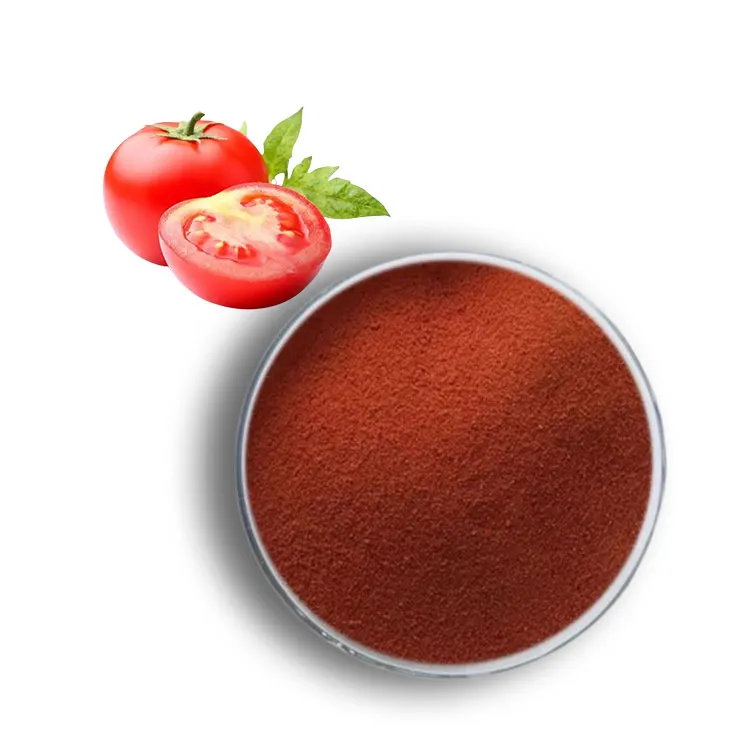
1. Lycopene Benefits
1. Lycopene Benefits
Lycopene is a powerful antioxidant and a carotenoid pigment that gives certain fruits and vegetables their red color. It's found in abundance in watermelon, and it's known for its numerous health benefits. Here are some of the key advantages of lycopene:
- Antioxidant Properties: Lycopene is a potent antioxidant that helps to neutralize free radicals in the body, which can cause cellular damage and contribute to the aging process and the development of chronic diseases.
- Heart Health: Studies have suggested that lycopene may help reduce the risk of heart disease by lowering bad cholesterol levels and reducing inflammation.
- Cancer Prevention: Lycopene's antioxidant properties also play a role in preventing certain types of cancer, including prostate, lung, and stomach cancers.
- Skin Health: As an antioxidant, lycopene can help protect the skin from sun damage and reduce the signs of aging.
- Vision Protection: Lycopene is believed to support eye health and may help protect against age-related macular degeneration.
- Bone Health: Some research indicates that lycopene may contribute to bone health by improving bone mineral density.
- Immune System Support: Lycopene can help boost the immune system, which is essential for fighting off infections and diseases.
- Anti-Inflammatory: Lycopene has anti-inflammatory properties, which can help reduce the risk of chronic inflammatory diseases.
By incorporating lycopene-rich foods like watermelon into your diet, you can take advantage of these health benefits and support overall well-being.
2. Watermelon as a Lycopene Source
2. Watermelon as a Lycopene Source
Watermelon, a refreshing and sweet fruit enjoyed by many, is not just a delicious treat but also a rich source of lycopene. Known for its vibrant red color and juicy texture, watermelon is often consumed as a snack or used in various dishes and beverages to add a burst of flavor and nutrition.
Lycopene is a powerful antioxidant found in various red-colored fruits and vegetables, but watermelon stands out due to its high content of this beneficial compound. It is particularly concentrated in the flesh and the rind of the fruit, making it an excellent dietary source for those looking to increase their lycopene intake.
Watermelon's lycopene content is not only beneficial for its antioxidant properties but also for its potential role in promoting heart health, reducing inflammation, and supporting healthy skin. The fruit's unique combination of water content, natural sugars, and nutrients makes it an ideal choice for those seeking a healthy and hydrating snack option.
As a lycopene source, watermelon offers a versatile way to incorporate this nutrient into one's diet. It can be eaten fresh, used in smoothies, salads, or even as a base for watermelon juice. Additionally, its availability in most regions during the summer months makes it a convenient and refreshing choice for boosting lycopene intake.
In summary, watermelon is a valuable source of lycopene, providing a natural and enjoyable way to increase the consumption of this important nutrient. Its high content, combined with its versatility in culinary applications, makes watermelon an excellent choice for those looking to improve their overall health and well-being through diet.
3. Lycopene Content in Watermelon
3. Lycopene Content in Watermelon
Lycopene is a powerful antioxidant and a key nutrient found in various red-colored fruits and vegetables, including watermelon. Watermelon is not only a refreshing and delicious fruit, but it also serves as a significant source of lycopene. The lycopene content in watermelon can vary depending on several factors such as the variety of watermelon, its ripeness, and growing conditions.
Average Lycopene Content:
On average, a medium-sized watermelon (weighing approximately 5 kilograms or 11 pounds) contains about 5 milligrams of lycopene. However, this value can differ significantly among different watermelon types. For instance, some varieties may have higher lycopene content, while others might have less.
Variety Differences:
Different watermelon varieties have distinct lycopene levels. Seedless watermelons, for example, tend to have a higher concentration of lycopene compared to seeded ones. Additionally, watermelons with a deeper red flesh color usually contain more lycopene than those with a lighter hue.
Ripeness and Season:
The ripeness of a watermelon also plays a role in its lycopene content. Riper watermelons generally have higher levels of lycopene than unripe ones. Furthermore, watermelons grown during peak seasons, when sunlight and temperature conditions are optimal, tend to have increased lycopene content.
Growing Conditions:
Environmental factors such as soil quality, sunlight exposure, and water availability can also impact the lycopene content in watermelons. Fruits grown in nutrient-rich soil and with adequate sunlight are likely to have higher levels of lycopene.
Portion Size:
When considering the lycopene content in watermelon, it's essential to think about portion sizes. A typical serving size of watermelon is about 2 cups (150 grams), which provides approximately 1 milligram of lycopene. To get the most lycopene from watermelon, consuming larger portions or eating watermelon more frequently can be beneficial.
In conclusion, watermelon is a valuable source of lycopene, with the potential to contribute significantly to your daily antioxidant intake. By choosing the right variety, ensuring ripeness, and considering growing conditions, you can maximize the lycopene content in the watermelon you consume.
4. Factors Affecting Lycopene Absorption
4. Factors Affecting Lycopene Absorption
Lycopene is a powerful antioxidant that offers numerous health benefits, but its absorption can be influenced by several factors. Understanding these factors can help you maximize the health benefits you get from watermelon and other lycopene-rich foods.
4.1 Food Matrix
The way lycopene is presented in food can affect its bioavailability. For instance, watermelon contains lycopene in a matrix of water and fiber, which can facilitate its release and absorption in the digestive system.
4.2 Cooking Methods
Cooking can alter the bioavailability of lycopene. Heat can break down cell walls in fruits and vegetables, making lycopene more accessible for absorption. However, overcooking can degrade lycopene, so it's important to find a balance.
4.3 Presence of Fat
Lycopene is a fat-soluble nutrient, meaning it requires the presence of dietary fat for optimal absorption. Consuming watermelon with a source of healthy fats, such as avocado or olive oil, can enhance the absorption of lycopene.
4.4 Processing
Processed forms of lycopene, such as supplements or concentrated extracts, may have different absorption rates compared to whole foods. While these can be convenient, they may not provide the same health benefits as consuming lycopene in its natural context.
4.5 Individual Differences
Genetic factors, age, and overall health can influence how effectively an individual absorbs lycopene. Some people may naturally absorb lycopene more efficiently than others.
4.6 Interaction with Other Nutrients
Certain nutrients, such as vitamin E and selenium, can work synergistically with lycopene to enhance its antioxidant effects. Including a variety of antioxidant-rich foods in your diet can support better absorption and utilization of lycopene.
4.7 Intake Timing
The timing of lycopene intake in relation to other meals and nutrients can also affect absorption. For example, consuming watermelon with a meal that contains healthy fats can improve absorption compared to eating it on an empty stomach.
By considering these factors, you can make informed choices about how to consume watermelon and other lycopene-rich foods to maximize their health benefits. Whether you enjoy watermelon fresh, in a salad, or as part of a meal with healthy fats, understanding these absorption factors can help you get the most out of this delicious and nutritious fruit.
5. How to Maximize Lycopene Intake from Watermelon
5. How to Maximize Lycopene Intake from Watermelon
To maximize the lycopene intake from watermelon, consider the following tips and strategies:
1. Choose the Right Watermelon: Opt for ripe watermelons with a deep red color, as they tend to have higher lycopene content. The red flesh is where most of the lycopene is concentrated.
2. Eat the Rind: While the rind is not typically consumed, it does contain lycopene. If you can tolerate it, blending the rind into smoothies or using it in recipes can increase your lycopene intake.
3. Consume with Healthy Fats: Lycopene is a fat-soluble nutrient, meaning it is better absorbed when consumed with a source of fat. Pair your watermelon with a small amount of avocado, olive oil, or nuts to enhance absorption.
4. Cook or Process the Watermelon: Cooking or processing fruits can increase the bioavailability of certain nutrients, including lycopene. Try grilling watermelon slices or using them in cooked dishes to improve lycopene absorption.
5. Use the Right Cut: Cut the watermelon into smaller pieces to increase the surface area, which can help release more lycopene when consumed.
6. Store Properly: Keep your watermelon at room temperature for a short period to enhance flavor and lycopene content. Once cut, refrigerate to preserve freshness.
7. Eat Fresh: Fresh watermelon tends to have a higher lycopene content than canned or processed versions. Whenever possible, choose fresh watermelon for the most nutritional benefits.
8. Incorporate into a Diverse Diet: While watermelon is a great source of lycopene, don't forget to include other lycopene-rich foods in your diet, such as tomatoes and red grapefruit, for a well-rounded nutritional profile.
9. Be Mindful of Serving Size: Enjoy watermelon in moderation as part of a balanced diet. While it is low in calories, consuming large amounts can contribute to excess sugar intake.
10. Experiment with Recipes: Get creative with watermelon in your cooking. Use it in salads, salsas, smoothies, or as a refreshing side dish to increase your lycopene intake in a variety of ways.
By following these strategies, you can ensure that you get the most out of watermelon's lycopene content, supporting your overall health and well-being.
6. Conclusion
6. Conclusion
In conclusion, lycopene is a powerful antioxidant with numerous health benefits, and watermelon is a rich source of this nutrient. The vibrant red flesh of watermelon is not only a delicious treat but also a nutritional powerhouse, providing a significant amount of lycopene that can contribute to a healthier lifestyle.
Understanding the factors that affect lycopene absorption, such as ripeness, processing methods, and the presence of fat, can help individuals maximize the benefits they receive from watermelon. By incorporating watermelon into a balanced diet and utilizing techniques such as allowing it to sit at room temperature before consumption or pairing it with a healthy fat, one can enhance the bioavailability of lycopene.
It is important to remember that while watermelon is an excellent source of lycopene, a varied diet that includes other lycopene-rich foods like tomatoes and red grapefruit can further support overall health. Additionally, maintaining a healthy lifestyle that includes regular exercise, adequate sleep, and stress management can complement the benefits of a nutrient-rich diet.
In summary, watermelon is a delicious and nutritious choice for those looking to increase their lycopene intake. By being mindful of the factors that influence lycopene absorption and incorporating watermelon into a balanced diet, individuals can enjoy the numerous health benefits that this antioxidant has to offer.
- ▶ Hesperidin
- ▶ citrus bioflavonoids
- ▶ plant extract
- ▶ lycopene
- ▶ Diosmin
- ▶ Grape seed extract
- ▶ Sea buckthorn Juice Powder
- ▶ Beetroot powder
- ▶ Hops Extract
- ▶ Artichoke Extract
- ▶ Reishi mushroom extract
- ▶ Astaxanthin
- ▶ Green Tea Extract
- ▶ Curcumin Extract
- ▶ Horse Chestnut Extract
- ▶ Other Problems
- ▶ Boswellia Serrata Extract
- ▶ Resveratrol Extract
- ▶ Marigold Extract
- ▶ Grape Leaf Extract
- ▶ blog3
- ▶ Aminolevulinic acid
- ▶ Cranberry Extract
- ▶ Red Yeast Rice
- ▶ Red Wine Extract
-
Garcinia Cambogia Extract
2023-09-27
-
Rose Hip Extract
2023-09-27
-
Beetroot juice Powder
2023-09-27
-
Tormentil Extract
2023-09-27
-
Black Garlic Extract
2023-09-27
-
Tongkat Ali Extract
2023-09-27
-
Bamboo Leaf extract
2023-09-27
-
Black Pepper Extract
2023-09-27
-
Clove Powder
2023-09-27
-
Agaricus Blazei Extract
2023-09-27











